徳島県鳴門市大麻町板東にある『大麻比古神社(おおあさひこじんじゃ)』。地元の人には「おおあささん」とか「おわさはん」と親しまれている神社で、大麻山県立自然公園に指定されている境内はとても気持ちのいい空間です。大麻比古大神と猿田彦大神の二柱の神様が祀られています。ちなみに「柱」は神様の単位。
Ōasahiko Shrine is a Shinto shrine located at the base of Mt. Ōasa in Naruto city, Tokushima pref., Japan. The kami enshrined there are Ōasahiko-no-Okami and Sarutahiko-no-Okami.
阿波國一之宮 大麻比古神社
住所:徳島県鳴門市大麻町板東広塚13 [GoogleMap]
Ōasahiko Shrine
Address : 13 Hirozuka, Bando, Ooasa town, Naruto city, Tokushima pref., Japan [GoogleMap]
鳥居
Marking the start of an 800-meter-long (2,625 ft) road leading directly to the shrine’s haiden is a large, orange torii. By using reinforced concrete and steel, this torii was first constructed in 1958 and had a height of 15.6 metres (51 ft) and a width of 11 metres (36 ft). Because of its deteriorated state, it was reconstructed in 2002 using metal tubing. The access road which follows is lined with dozens of stone tōrō donated by shrine parishioners in 2004-05.
狛犬
御神木の楠(クスノキ)
樹齢約1,000年余りの御神木として崇められています。
鳴門市天然記念物
In the center of the shrine grounds is a 1000-year-old camphor tree known as Go-shinboku. This revered tree’s main trunk has a circumference of 8.3 metres (27 ft) and a maximum height of 22 metres (72 ft).
社殿
心願の鏡池、めがね橋。第一次世界大戦のさなか、中国・青島(チンタオ)の戦いで捕虜になったドイツ兵士約1,000人が大正6年〜9年にかけて、異郷の地、坂東捕虜収容所で過ごしました。
ドイツ兵士達が、遠い祖国を偲びながら一日も早く故国に帰れることを願いつつ、神域を散策し、記念のため境内に池を掘ってメガネ橋を配し、小谷にドイツ橋を架けました。坂東の地で、日々を送った兵士たちは地元の人々と国境を超えた温かい友情で結ばれ今もなお、日独有効の灯をともし続けています。
めがね橋。ドイツ橋と共に現存するひとつで、本殿裏の心願の鏡池に架けられています。完成はドイツ橋より少し前の1919年(大正8年)4月です。全長4.3m、全横1.2m、撫養石製、石積み二重橋。
ドイツ橋
第一次世界大戦当時、近隣の坂東捕虜収容所で捕虜生活を過ごしたドイツ兵士が、地域との自由な交流の中で地元への感謝の気持ちを込め、母国の優れた土木技術を生かし、大正6年6月から大正8年6月までに10の橋を造りました。
木の橋が6橋、石の橋が4橋で、現存するドイツ橋は大正8年6月に神社境内の丸山公園に造った最後の石橋です。今では日独両国の友情の架け橋とされています。
徳島県の史跡に指定。全長9m、全横2.1m、高さ3.2m、撫養石(和泉砂岩)製、総重量約195tの石積みアーチ橋。
German Bridge
At the time of the First World War. 953 German soldiers captured in Qingdao, Chine. In Bando there was a prison camp of German soldiers. The soldiers were living a free captive life from 1917 and 1919. In order to thank for that free life, They made use of German civil engineering technology and build ten bridges. A wooden bridge is 6. A stone bridge is 4. To the present there is only a stone bridge called the German Bridge. The outline of the German Bridge is 9 meters long. Width 2.1 meters. Height 3.2m. Weighs 195 tons. Material is sandstone, called Muya stone. Historic site of Tokushima prefecture in January 2002. It is called a bridge of friendship between Japan and Germany.
Behind the main portion of the shrine grounds to the northeast is the German Bridge. From April 1917 to December 1919, about 953 German and Austro-Hungarian soldiers were imprisoned at the nearby Bandō Prisoner of War camp during World War I. This stone bridge was built by these POWs who were held captive at the camp.
赤い鳥居
手水鉢からこんにちは
阿波國一之宮 大麻比古神社
住所:徳島県鳴門市大麻町板東広塚13 [GoogleMap]
Ōasahiko Shrine
Address : 13 Hirozuka, Bando, Ooasa town, Naruto city, Tokushima pref., Japan [GoogleMap]
Ōasahiko Shrine is a Shinto shrine located at the base of Mt. Ōasa in Naruto, Tokushima, Japan. The kami enshrined there are Ōasahiko-no-Okami and Sarutahiko-no-Okami.
It is believed that in the era of Emperor Jimmu, Ame-no-Tomi-no-Mikoto came to the Awa region (an ancient region that encompassed most of present-day Tokushima Prefecture) seeking fertilized land to sow hemp seeds. The planted seeds were then cultivated by the area’s population so they could produce linen called asa, which formed the base of the area’s industry. Because of the impact he had on furthering the welfare of Japan, Ōasahiko Shrine was dedicated in the area to worship him as a kami named Oasahiko-no-Okami.
The secondary kami enshrined at Ōasahiko is Sarutahiko-no-Okami. He is depicted as standing at the junction of heaven and earth to guide the grandchildren of Amaterasu, the Imperial Family and the founders of the human race to earth. He is primarily known for greeting and guiding Ninigi-no-Mikoto, grandson of Amaterasu, to earth. After his various achievements, he was enshrined at Ōasahiko Shrine along with Oasahiko-no-Okami.
History
The exact year of the foundation of Ōasahiko Shrine is unknown. The earliest documentation of the shrine, however, is found in the Engishiki, written in 927. The book, a compendium of governmental rules and procedures, lists the shrine in its list of 2,861 shrines that received offerings from the court at the annual spring festival, Kinensai.
Since the shrine’s listing in the Engishiki, it became a principal area for worship for both the Tokushima area and Awaji Island. Ōasahiko continued to improve its shrine rating until it was awarded the 1st grade in 1719. In 1873, it achieved the ranked of Kokuhei Chūsha, a mid-sized shrine supported by the provincial government. As such, in 1890 all of the shrine’s facilities were rebuilt and others were added, all paid for by the local government. Later, the current honden, haiden and the gaihaiden were rebuilt from the donations of worshipers. Since then, Ōasahiko Shrine has lost most of its national importance, but remains today as an important place of worship in the Tokushima area.
神武天皇の御代、天太玉命の御孫 天富命 勅命を奉じて 洽く肥沃の地を求め 阿波国に到りまして、麻楮の種を播殖し、麻布木綿を製して 殖産興業の基を開き 国利民福を進め給ひ、その守護神として、太祖天太玉命を此の地に斎き祀る。
猿田彦大神は、昔大麻山の峯に鎮まり坐しが後世に至り本社に合せ祀ると伝えられる。
延喜の制名神大社に列し、阿波国一宮と称え阿波、淡路両国の総産土神として崇め奉る。
清和天皇貞観元年従五位上を授け奉り、順次進階して中御門天皇享保四年正一位に進み給ふ。斯く朝廷の崇敬厚く、又代々の国司領主の尊崇深く、神田山林を寄進、藩費を以って、社殿の造営を行ひ、年々祭費を奉らる。明治六年国幣中社に列す。
明治十三年国費を以って本殿以下の造営が行はれた。現在の祝詞殿、内拝殿、外拝殿は昭和四十五年氏子崇敬者の寄進によって造営せられた。
Q : 御祭神(ごさいじん)はどのような神様ですか?
A : 大麻比古大神とは、大昔阿波国を開拓した阿波の忌部氏(いんべし)の大祖先の神様です。
神武天皇の御代に忌部氏の子孫が阿波国に入り国土を開拓して麻とか楮(かじ)の種を播いて麻布とか木綿をつくり郷土の産業の基を開いて人々の福利を進められました。
その氏族は今の吉野川市 元の麻植郡を拠点として開拓をされましたが国土開発の事業が漸く成った後に御先祖の神様 天日鷲命(あめのひわしのみこと)をおまつりしました。この神社が今徳島市に忌部神社としてまつられており、この神様の御神徳をたたえて麻植の神と申して敬ってきました。
忌部神社の御祭神天日鷲命様の大先祖の神様が天太玉命(あめのふとたまのみこと)で此の神様を大麻比古神社と申し上げ郷土の守り神としてこの地におまつりしたのが大麻比古神社と伝えられています。猿田彦大神とは天孫降臨(てんそんこうりん)の時その道案内の役をつとめられた神様で、昔大麻比古神社の裏に聳えている大麻山(おおあさやま)の峯にお鎮まりになっていましたが、いつの時代かはっきり判りませんが大麻比古神社に合わせまつられたと伝えられています。
猿田彦の神様は私共に親しみの深い神様です。おまつりの時、神輿(みこし)の先頭に立って天狗のお姿をして神輿の先導をされている神様で、人々や土地のまわりに立ち塞がり、災難や禍をもたらすものを祓い退けてくださる神様です。大麻比古神社にまつられている二柱の神様を総称して人々は「大麻はん」と申し上げており、方除(ほうよけ)、厄除(やくよけ)、交通安全の御加護をお授けくださる神様として今も多くの人々から信仰されています。
Q : 大麻比古神社はいつ頃からこの地にまつられているのでしょうか?
A : はっきりした年月はわかっていません。ただ、平安時代初期に編纂された延喜式(えんぎしき)の神名帳に記載されている神社3132座の中で阿波国50座の内の大社として大麻比古神社の名が残っています。
延喜式とは、延喜5年(905年)醍醐天皇の勅命によって藤原時平等が編纂した制度集のことで、延長5年(927年)に完成したものです。平安初期の制度、儀式作法等の細則をまとめたもので、その中の神名帳(じんみょうちょう)に記載された神社3132座を式内社といっています。この中に阿波国では大社として大麻比古神社、忌部神社、天石門別八倉比賣神社の名が残っています。
このようなことから考えると、今から1100年位前の時代にはすでに阿波国の代表的な神社であり、それほど古い時代からおまつりされて今に至っている古いお社です。ご神木の楠は樹齢約1000年、鳴門市の文化財に指定されています。


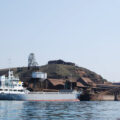

![【香川】春日川の川市 – [Kagawa] River market of Kasuga river](https://yousakana.jp/wp-content/uploads/wordpress-popular-posts/49605-featured-120x120.jpeg)
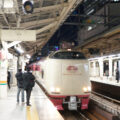
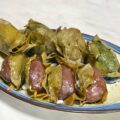
![【香川】仏生山 来迎院 法然寺(ほうねんじ) - [Kagawa] Houenji Temple, Raigoin, Busshozan](https://yousakana.jp/wp-content/uploads/wordpress-popular-posts/49891-featured-120x120.jpg)
![【香川】瀬戸内海、大崎の鼻の桜 - [Kagawa] Cherry Blossoms of Osaki no hana, Setouchi](https://yousakana.jp/wp-content/uploads/wordpress-popular-posts/44630-featured-120x120.jpeg)
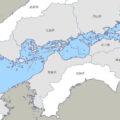
![【毎年6/15】初夏の風物詩、満濃池のゆる抜き - [Kagawa 6/15] "Mannou pond", Seasonal event of releasing water from a reservoir](https://yousakana.jp/wp-content/uploads/wordpress-popular-posts/11598-featured-120x120.jpg)
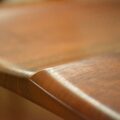
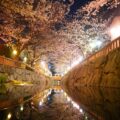
![【香川 7/20】海に生きる人たちによって300年受け継がれてきた船渡御『皇子神社船祭り』 - [Kagawa 20 July] Over 300 years history, the boat festival of Ouji shrine](https://yousakana.jp/wp-content/uploads/wordpress-popular-posts/41120-featured-120x120.jpg)
![【香川】大串半島活性化施設『時の納屋』 - [Kagawa] "Toki no Naya" at Ogushi Peninsula](https://yousakana.jp/wp-content/uploads/wordpress-popular-posts/52175-featured-120x120.jpg)
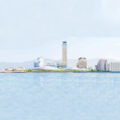

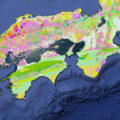
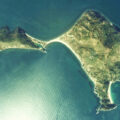



![【徳島 6/1(土)一般公開】全国唯一。江戸時代の塩づくりの家『福永家(ふくながけ)』 – [Tokushima] “Fukunagake” Saltworker’s Residence](https://yousakana.jp/wp-content/uploads/2022/10/fukunagake_naruto-150x150.jpeg)
![【徳島】もろぶた糀・木桶仕込みの『井上味噌醤油』 – [Tokushima] Inoue Miso & Soy Source](https://yousakana.jp/wp-content/uploads/2023/07/inoue-miso-shoyu-150x150.jpeg)

![【徳島】果樹園がつくる20種類以上の無添加シロップ『川添フルーツ』 – [Tokushima] Kawazoe Fruit](https://yousakana.jp/wp-content/uploads/2021/02/kawazoe-fruit_tokushima_small-150x150.jpg)
![【徳島 公共建築百選】増田友也設計『鳴門市文化会館』 – [Tokushima: 100 public buildings] “Naruto City Cultural Hall” designed by architect Tomoya Masuda](https://yousakana.jp/wp-content/uploads/2022/06/Naruto-City-Cultural-Hall-150x150.jpg)
![【徳島】海辺の広大な芝生が心地いい!『鳴門ウチノ海総合公園』 – [Tokushima] The vast lawn by the seaside is comfortable! Naruto Uchinoumi General Park.](https://yousakana.jp/wp-content/uploads/2022/06/Naruto-Uchinoumi-General-Park-01-150x150.jpeg)
![【徳島 国指定史跡】前方後円墳をトンネルが通る!『大代古墳(おおしろこふん)』 – [Tokushima / National Historic Site] Ōshiro Kofun Ancient Tomb](https://yousakana.jp/wp-content/uploads/2021/11/oshiro-kofun-ancient-tomb_01-150x150.jpg)
![【徳島】世界最大規模、地球を感じる!『鳴門の渦潮』 – [Tokushima] Feel the Earth “Naruto whirlpools”](https://yousakana.jp/wp-content/uploads/2019/03/uzushio-150x150.jpg)


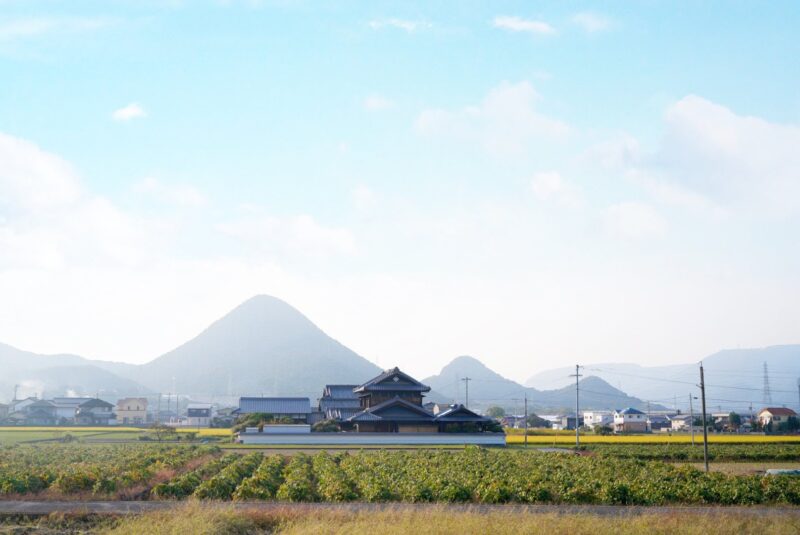
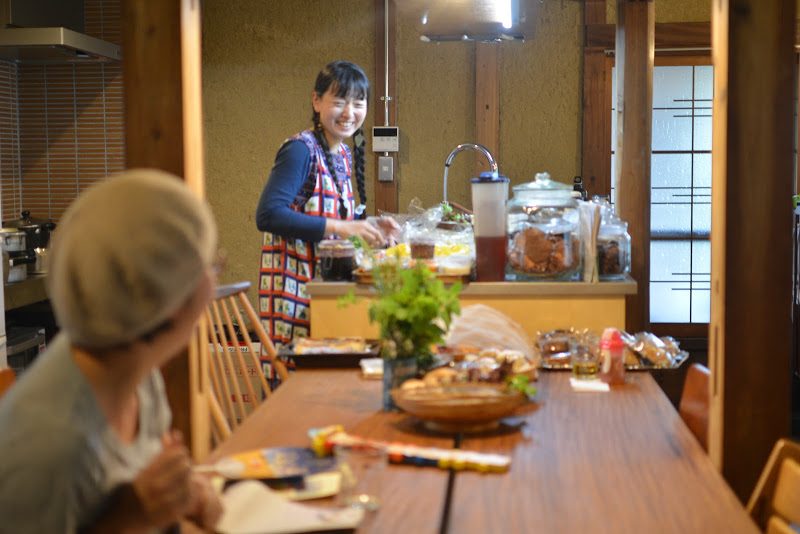
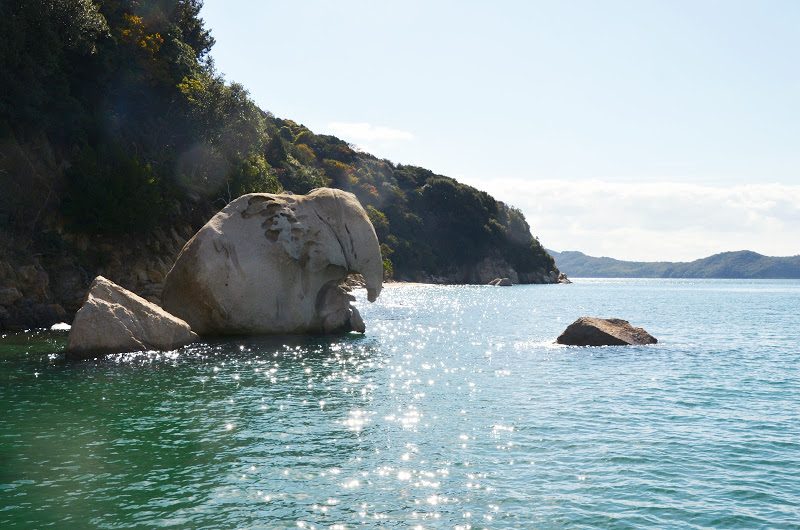
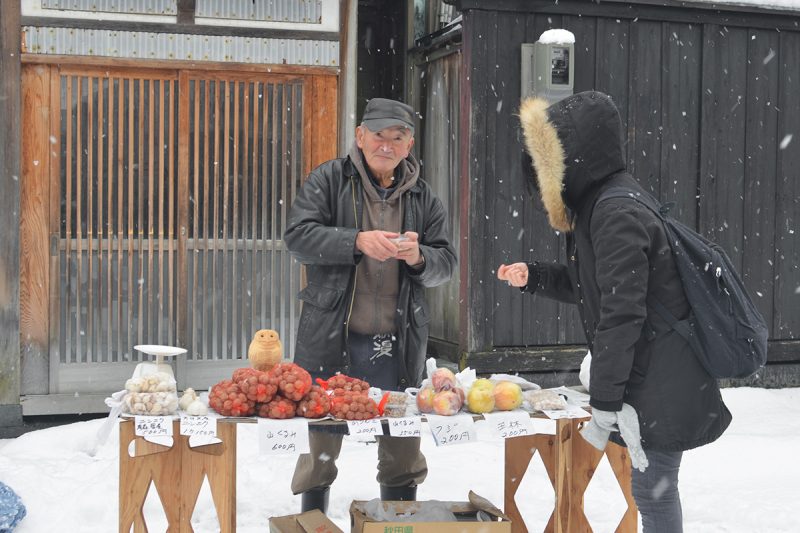
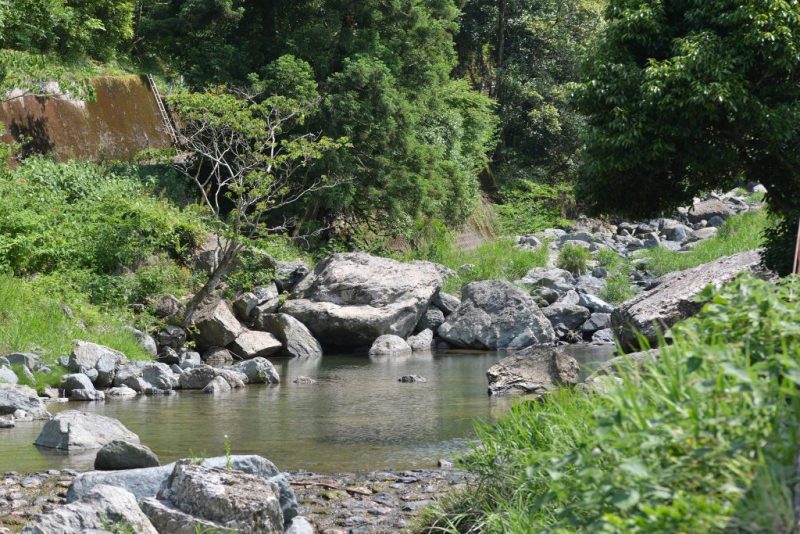
![【愛媛】1200年以上前の物語を残す伊予灘に浮かぶ『綱掛岩』 – [Ehime] Tsunakakeiwa Rock, Mishima shrine](https://yousakana.jp/wp-content/uploads/2020/09/Tsunakakeiwa-Rock-800x534.jpg)
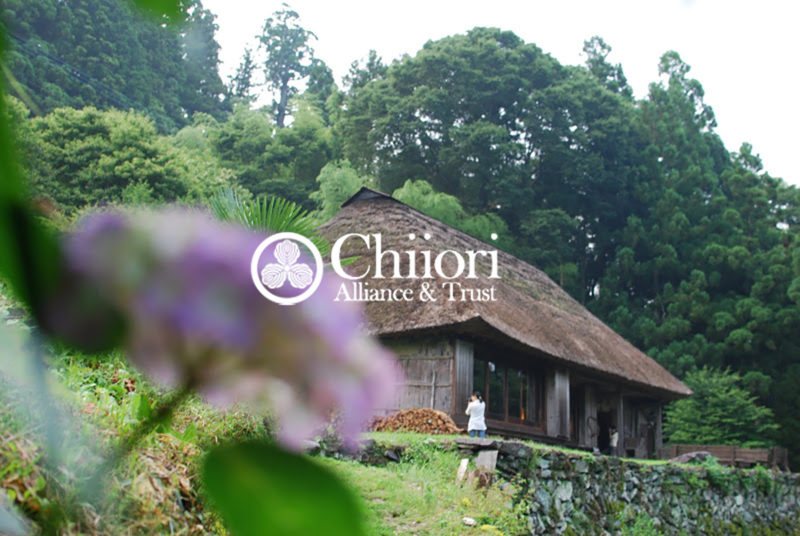
![【高知 毎年2月11日】土佐の三大祭り『秋葉祭り』 仁淀川町 – [Kochi Feb. 11th ] Akiba Festival of Niyodogawa town](https://yousakana.jp/wp-content/uploads/2017/02/akibafestival_kochi-800x536.jpg)
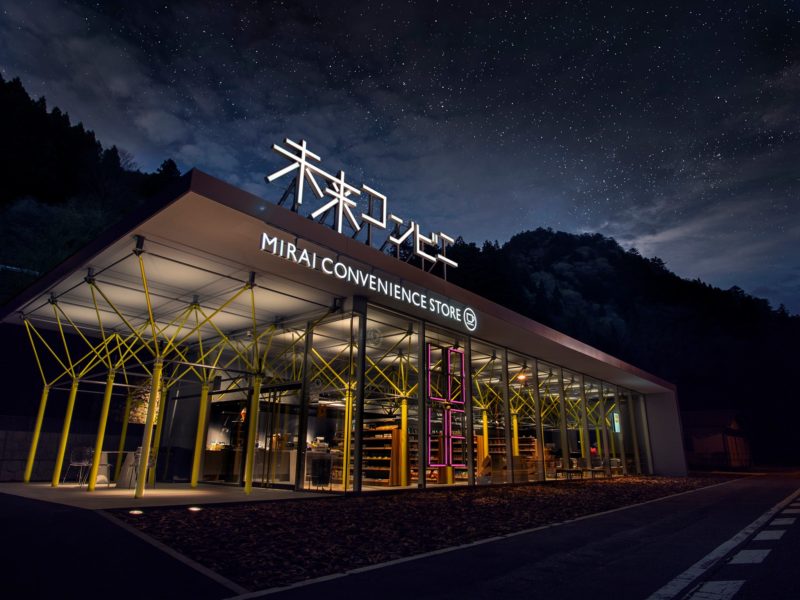

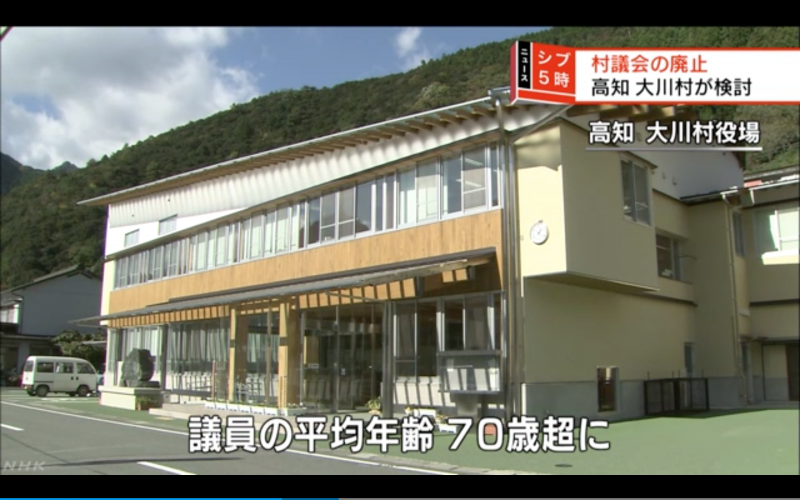
![【広島】瀬戸内海を望む礼拝堂『リボンチャペル』 – [Hiroshima] Ribbon Chapel](https://yousakana.jp/wp-content/uploads/2019/05/ribbon-chapel_onomichi_hiroshima-800x534.jpg)
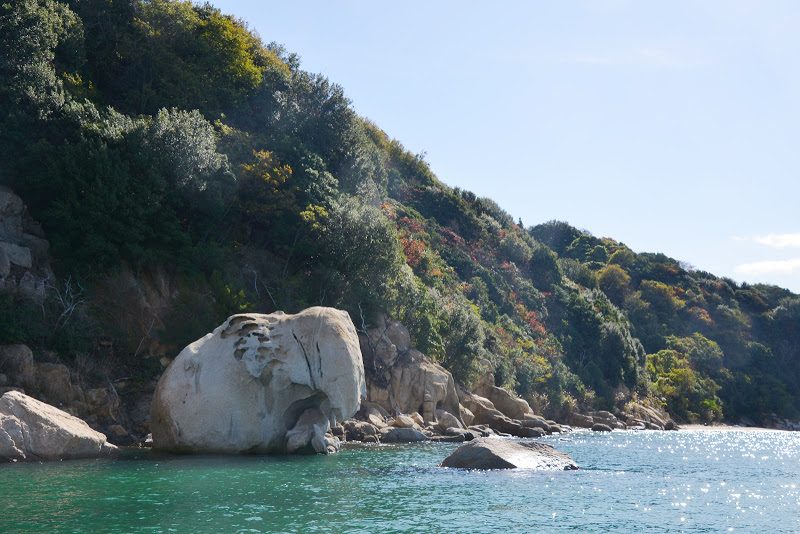
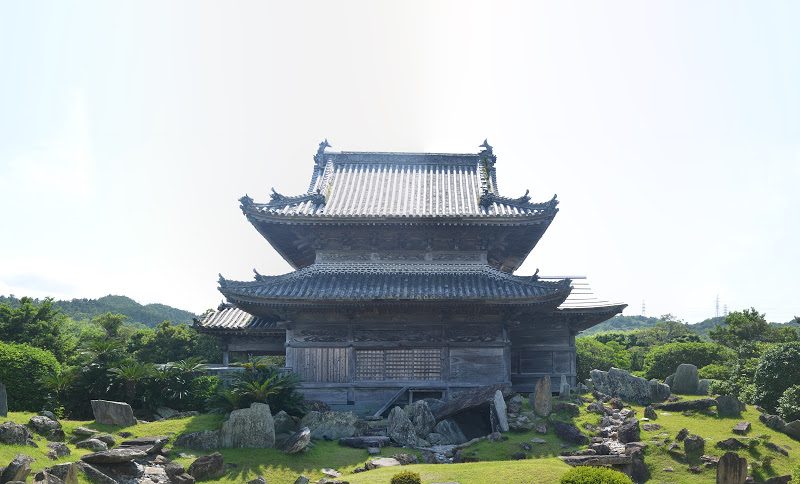
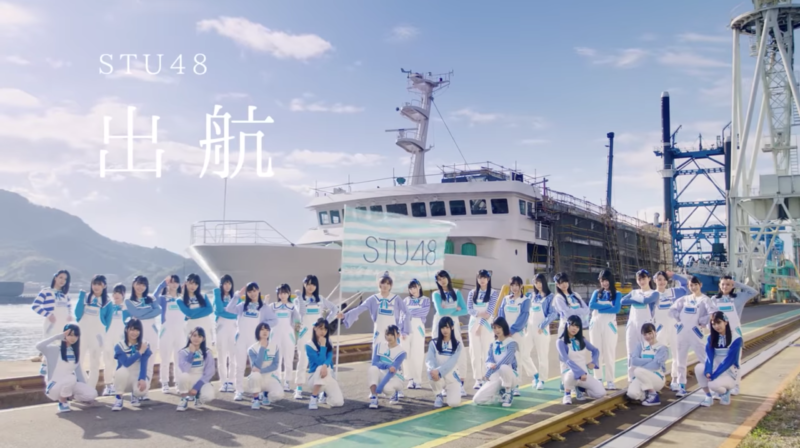
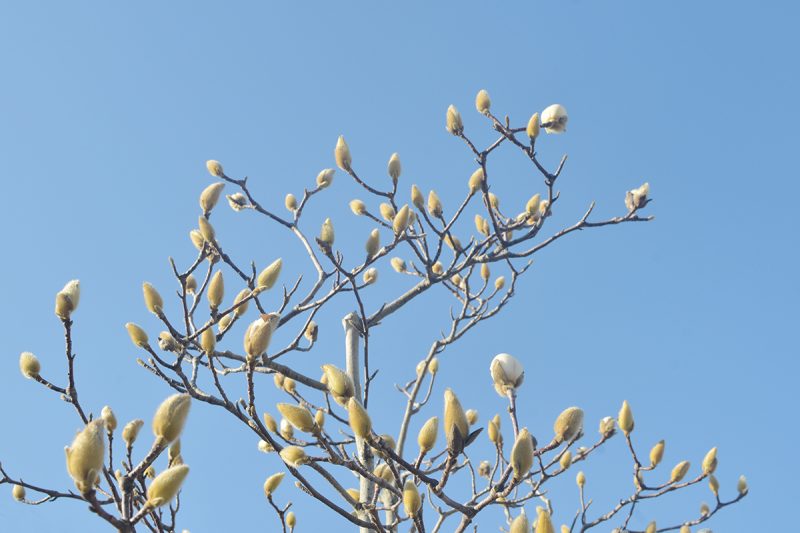
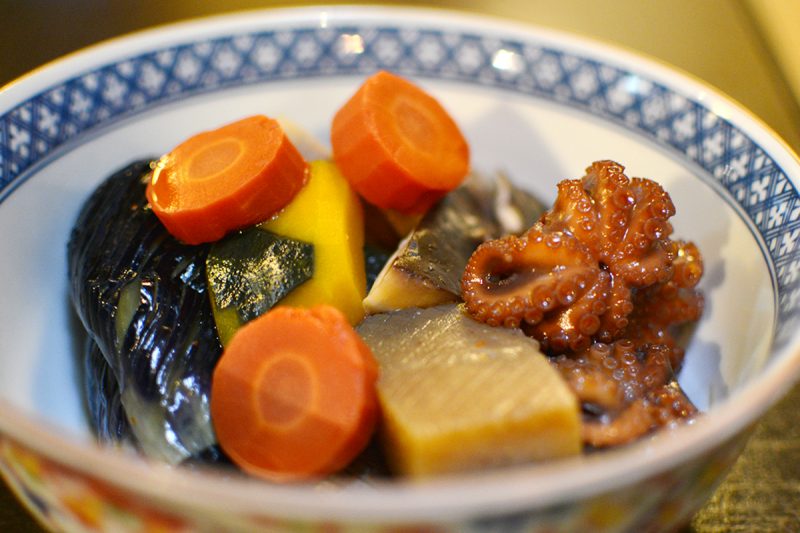

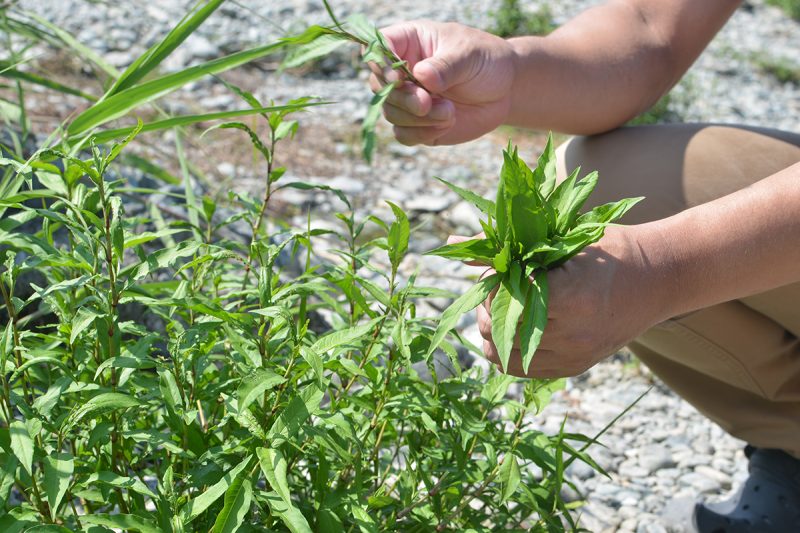
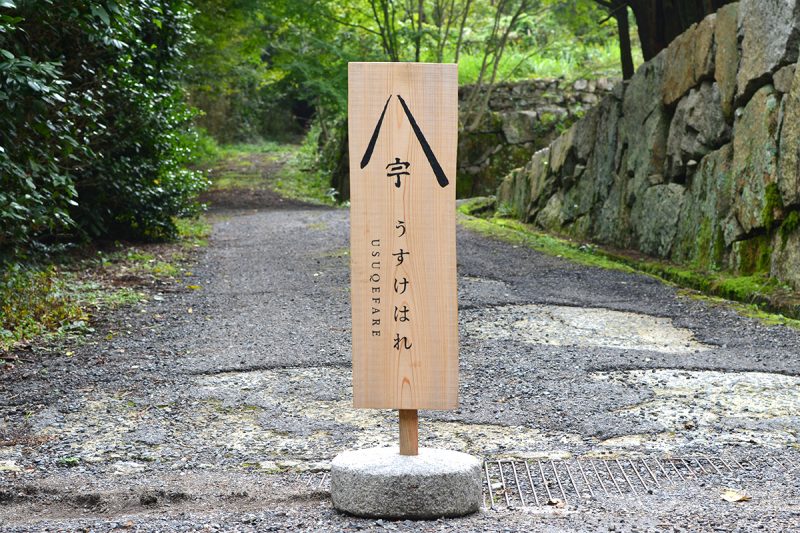
![【香川 2025年9月頃】サンポート高松に外資系ホテルが開業予定 – [Kagawa Around Sep. 2025] New hotel will open in Sunport Takamatsu](https://yousakana.jp/wp-content/uploads/2022/06/sunport-takamatsu_hotel-800x533.jpeg)
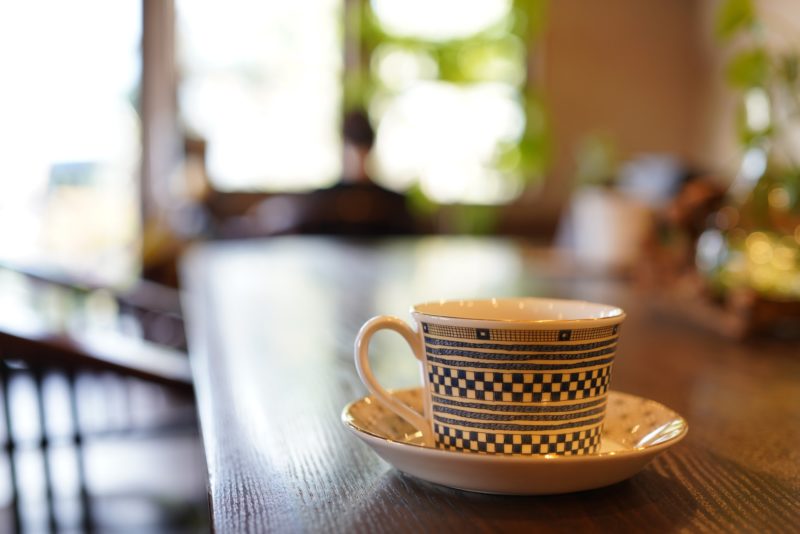
![【香川】男木島の灯台とスイセン郷 – [Kagawa] Ogijima Lighthouse and Daffodil fields](https://yousakana.jp/wp-content/uploads/2024/02/suisen_ogijima-lighthouse-01-800x533.jpeg)
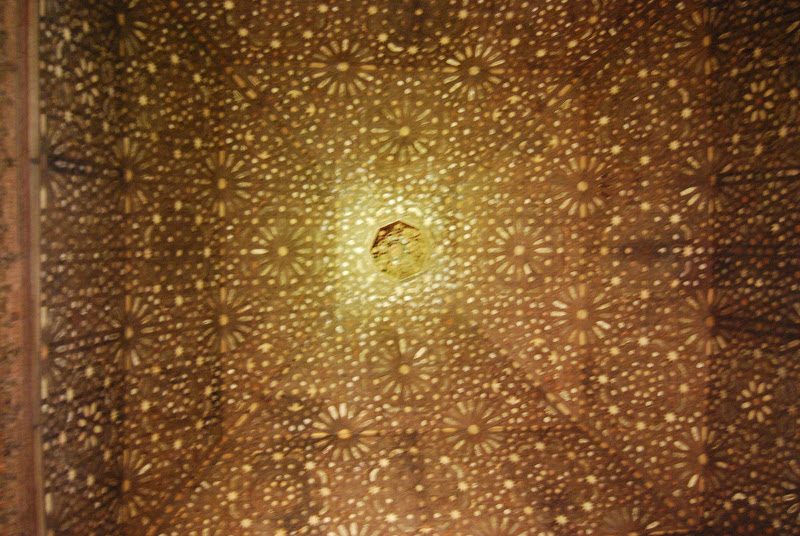
![【香川】『滝宮の念仏踊』ユネスコ無形文化遺産 – [Kagawa] “Takinomiya no Nenbutsu Odori” UNESCO Intangible Cultural Heritage.](https://yousakana.jp/wp-content/uploads/2023/08/takinomiya-nenbutsu-dance-800x533.jpeg)
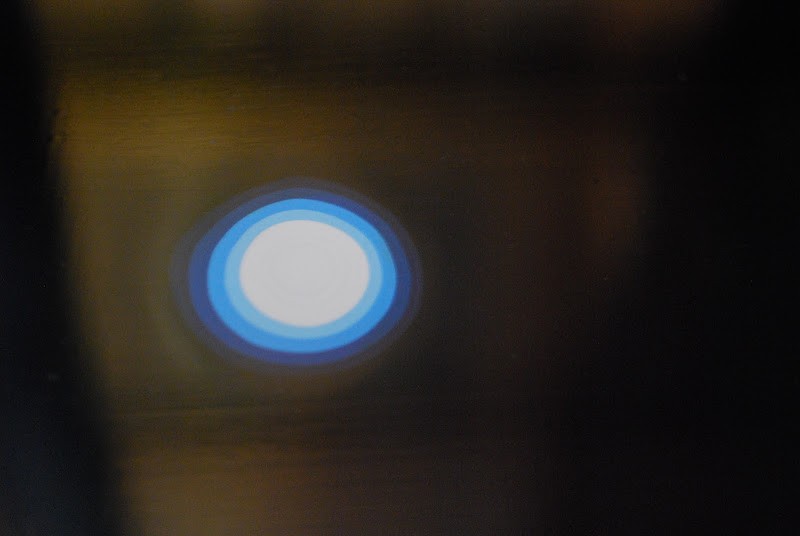
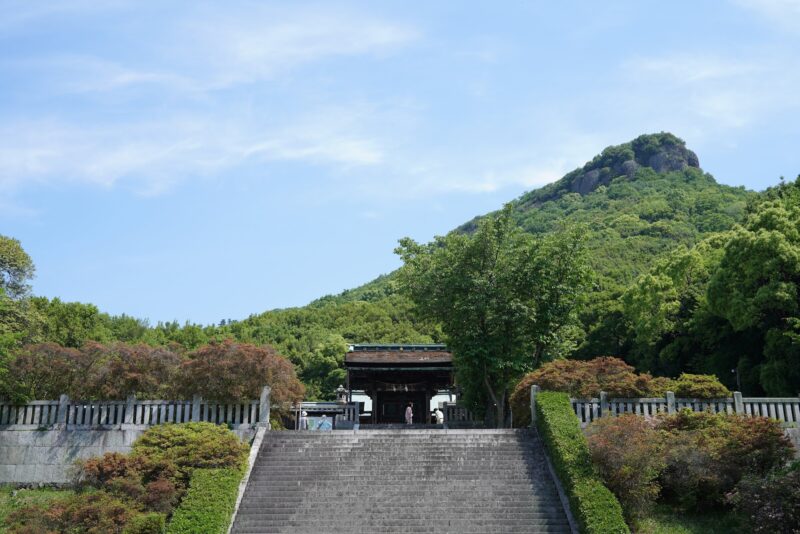
![【日本唯一 徳島】水銀朱の採掘遺跡『若杉山辰砂採掘遺跡』 – [Tokushima] Mercury vermillion mining site “Wakasugiyama Cinnabar Mining Site”](https://yousakana.jp/wp-content/uploads/2022/05/shinsha_cinnabar-lacquer_red-stone-800x533.jpg)
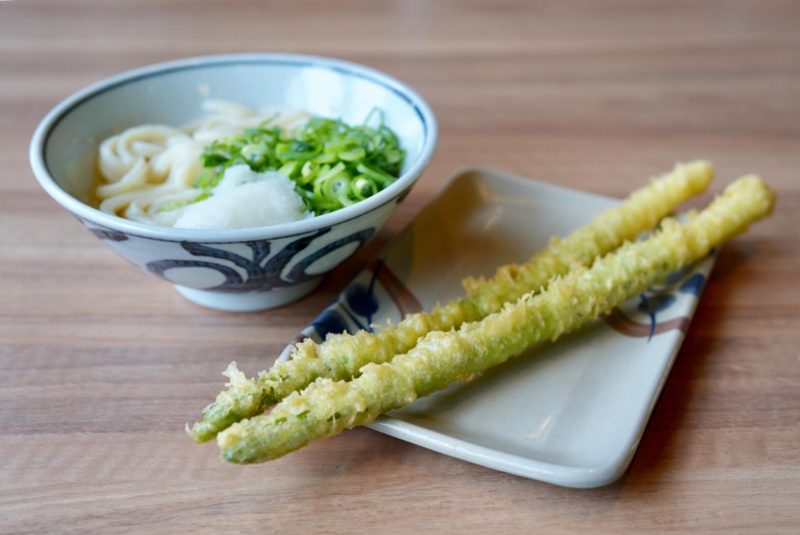
![【香川】古くからお遍路さんの喉を潤してきた桃『飯田桃園』 – [Kagawa] Plum and Peach orchard “Īda Peach Farm”](https://yousakana.jp/wp-content/uploads/2021/06/ida-peach-farm-800x533.jpg)
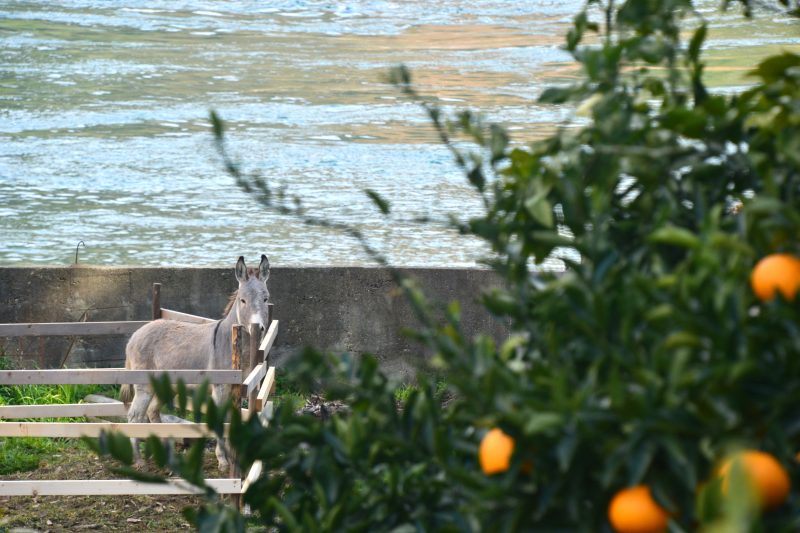
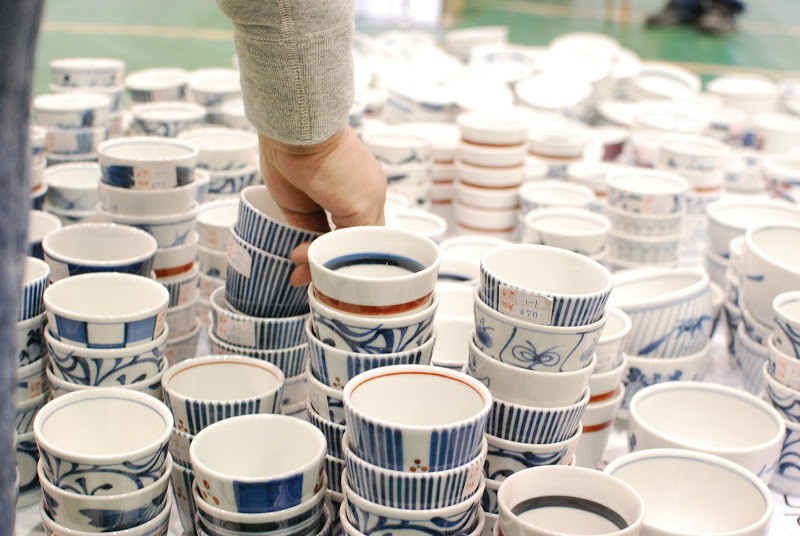
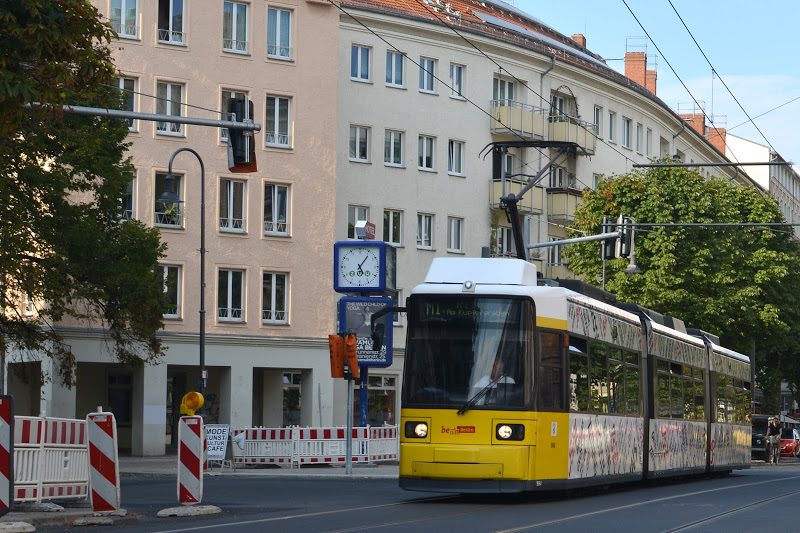
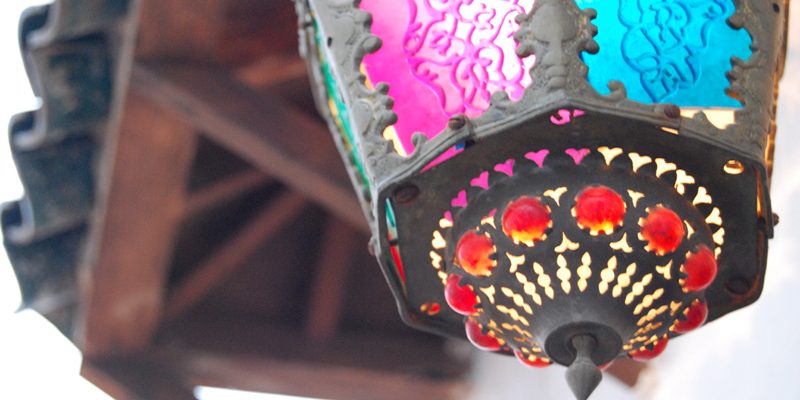

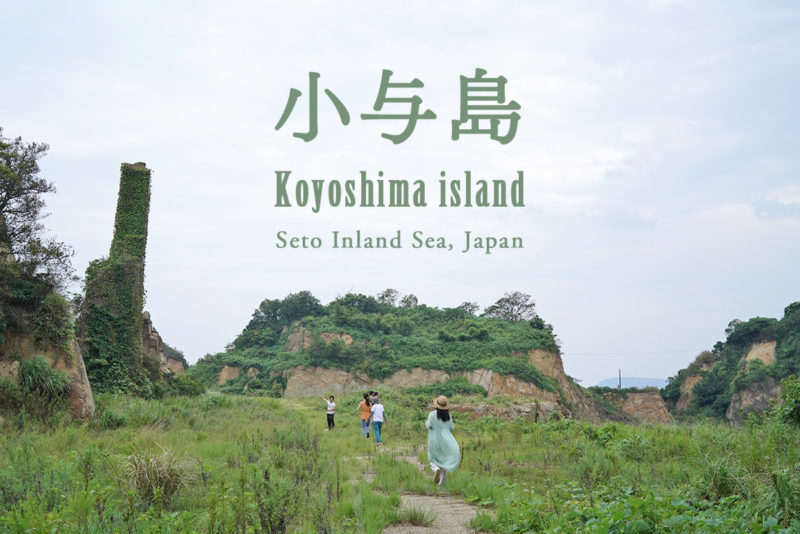
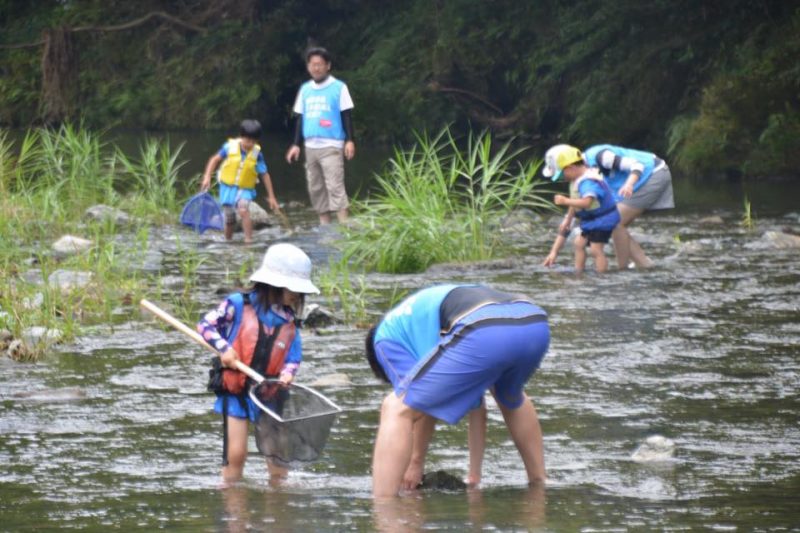
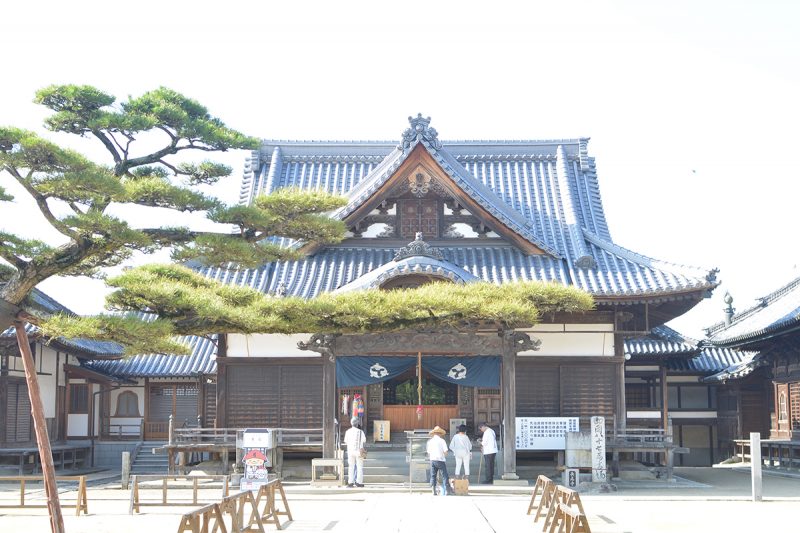
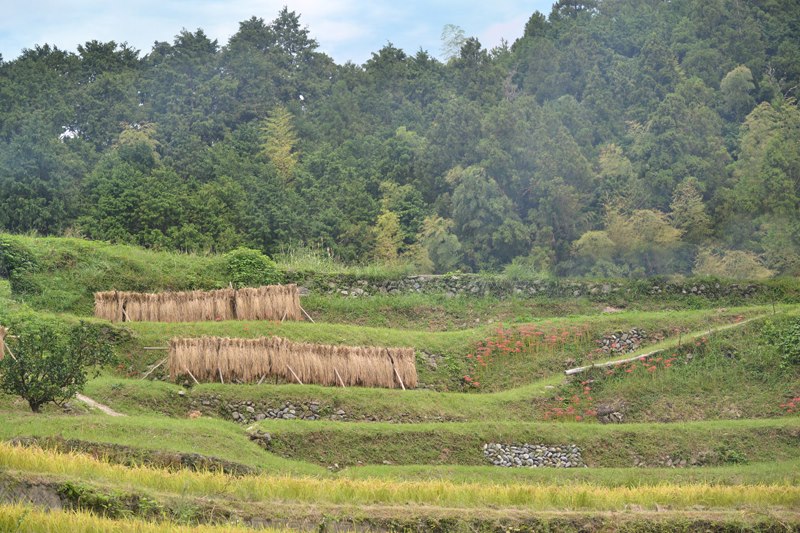
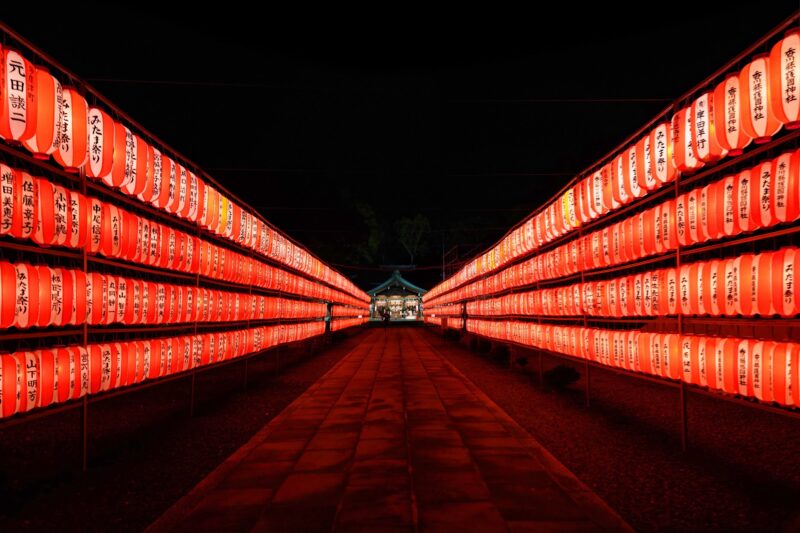
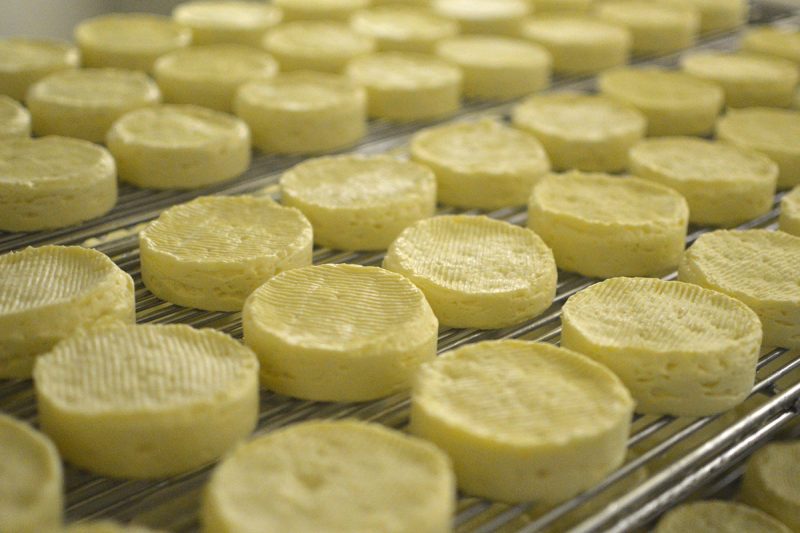
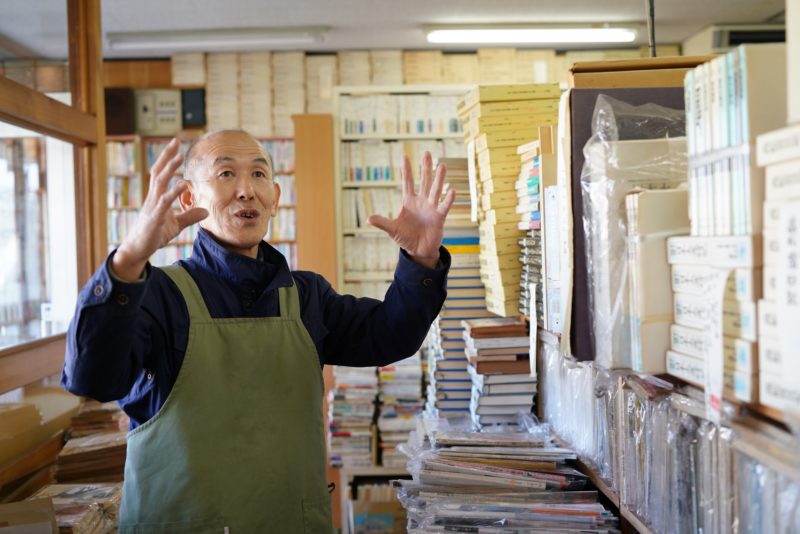
![【香川】ちょうさが集まる瀬戸内の秋祭り「白羽神社 秋祭り」 – [Kagawa] Shrine Autumn Festival with CHOUSA at Setouchi](https://yousakana.jp/wp-content/uploads/2015/09/DSC_01051-800x536.jpg)
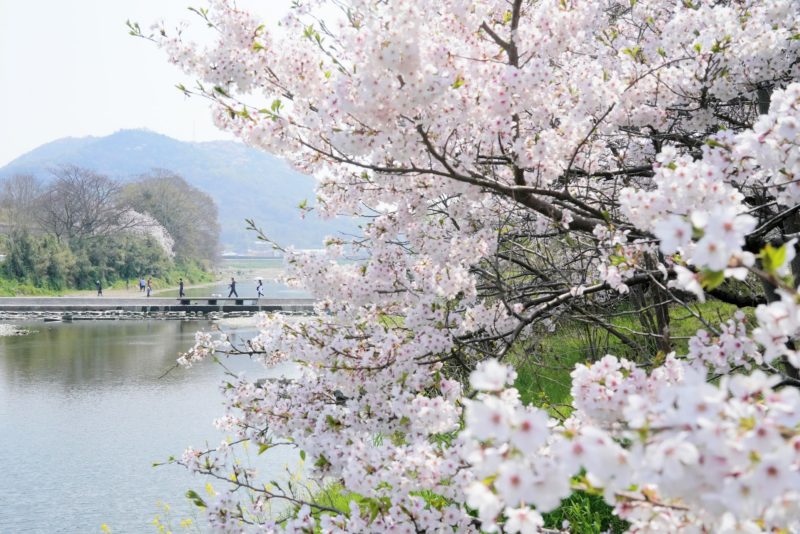
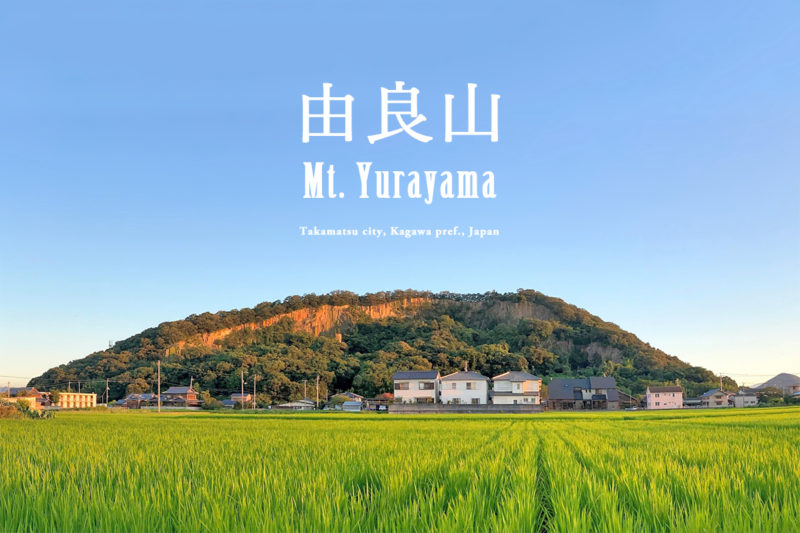
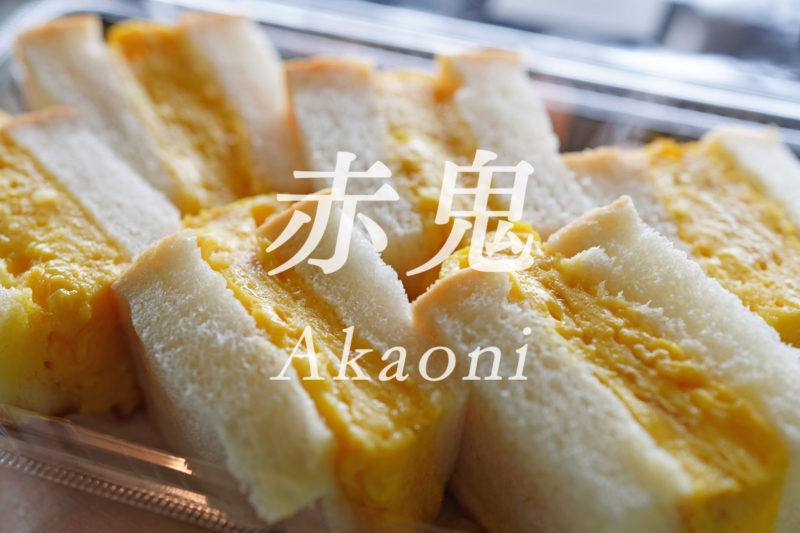
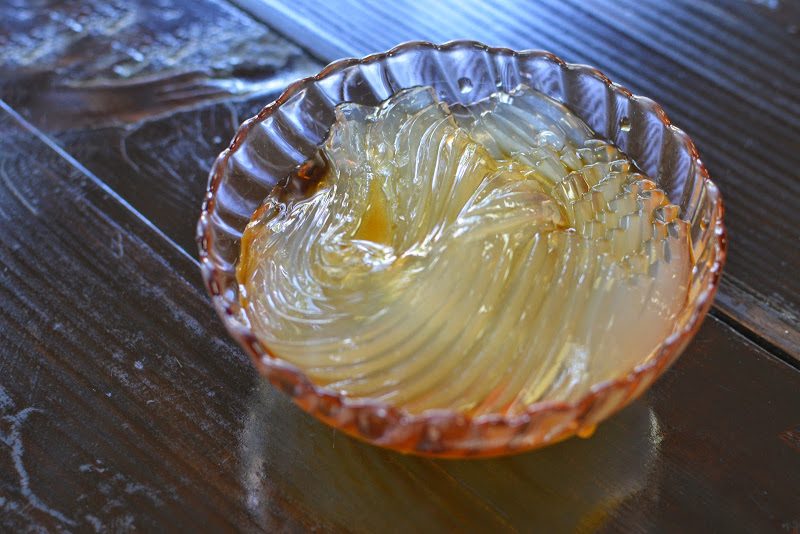

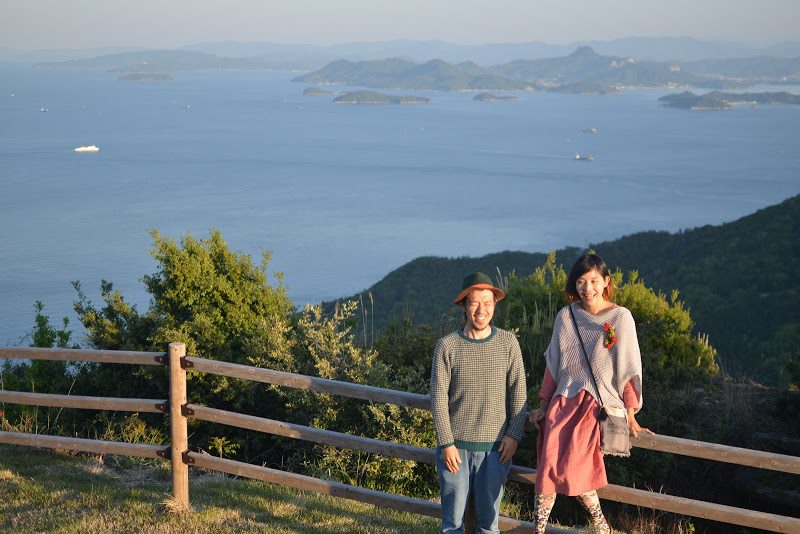
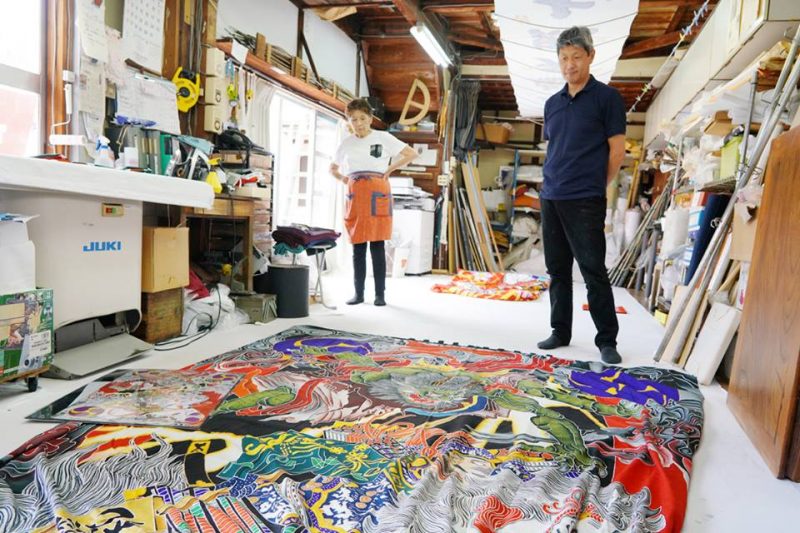
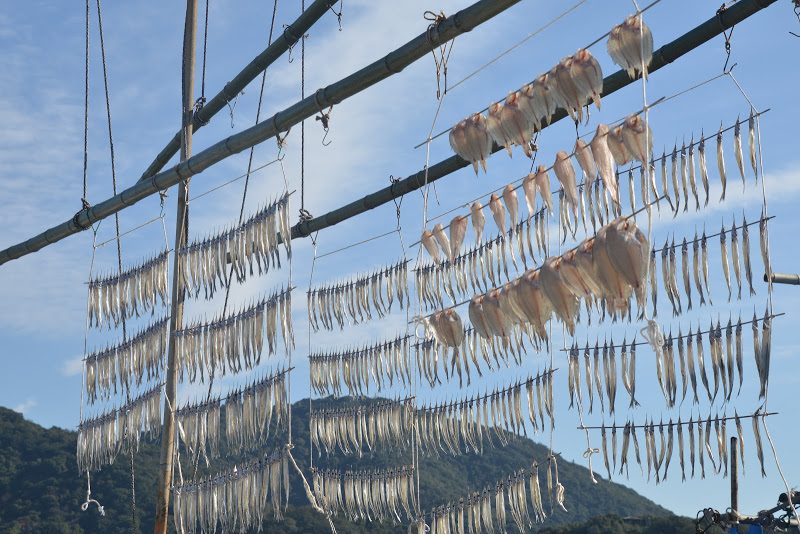
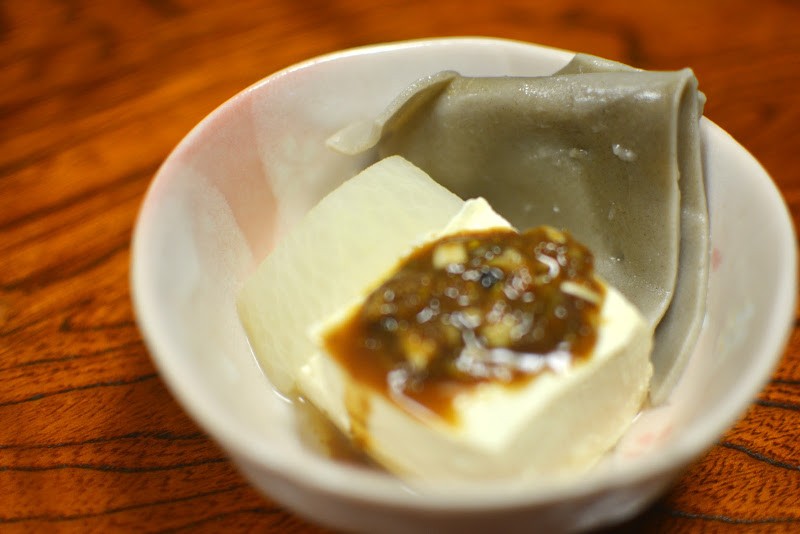
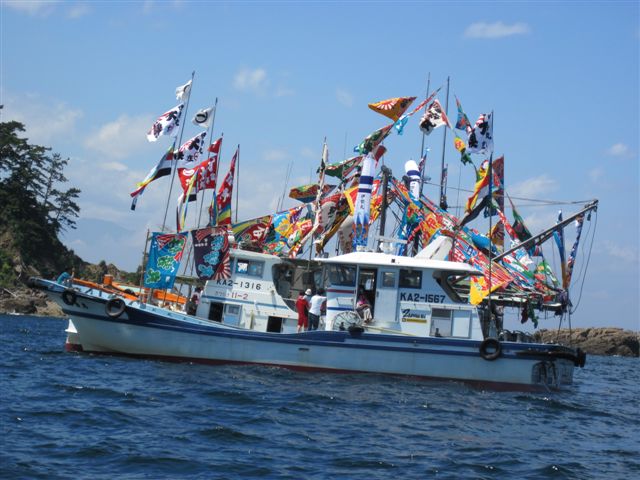
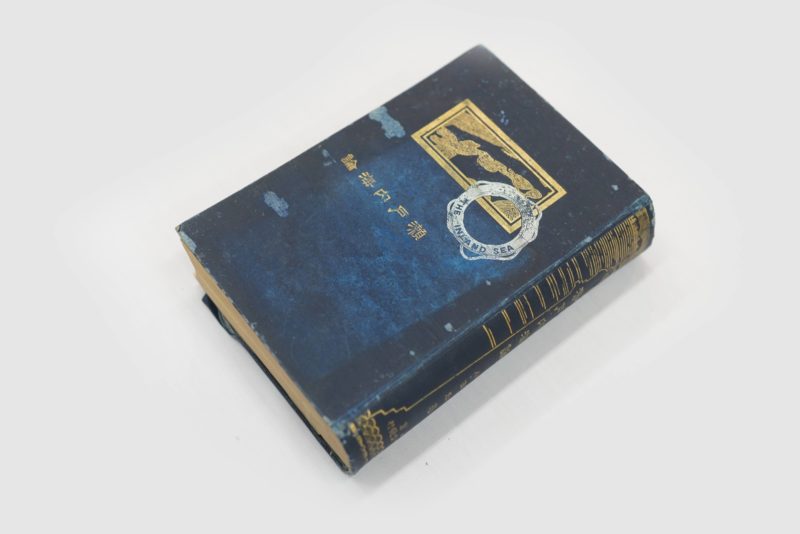
![【小豆島】ぷりっぷりの食感に感動!『なかぶ庵』さんの生そうめん – [Shodoshima island] Somen noodles (fine white noodles) “Nakabuan”](https://yousakana.jp/wp-content/uploads/2022/03/nakabuan_shomen_shodoshima-island_index-800x533.jpg)
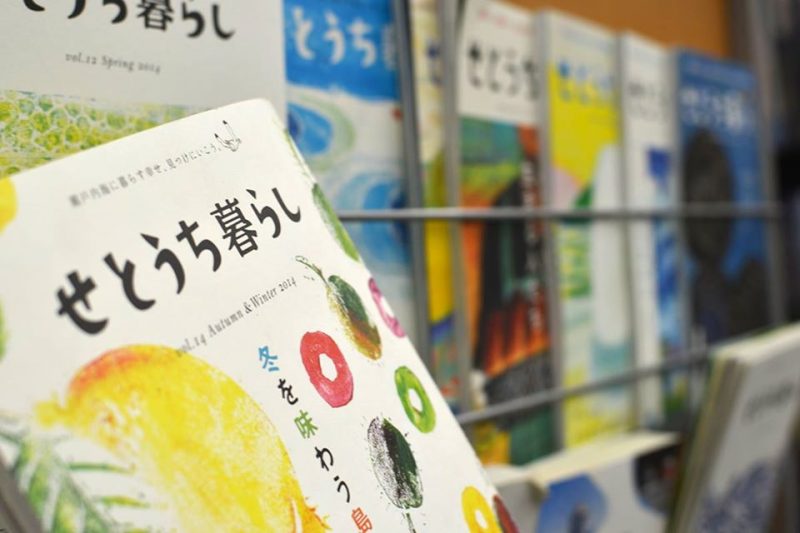
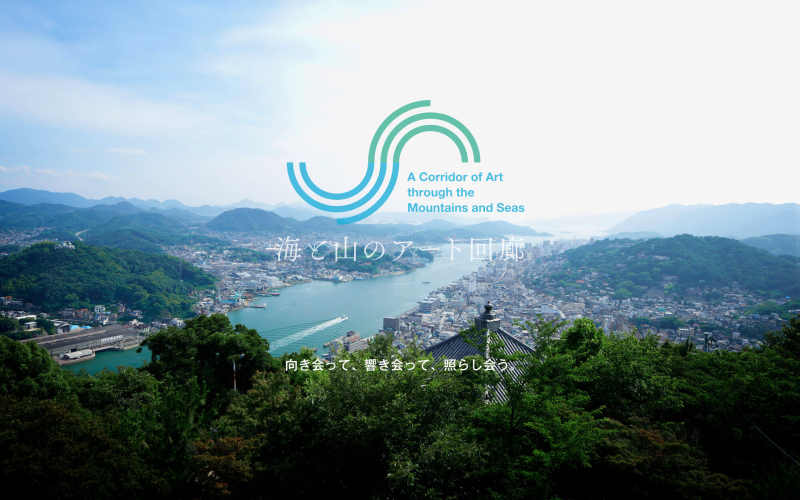
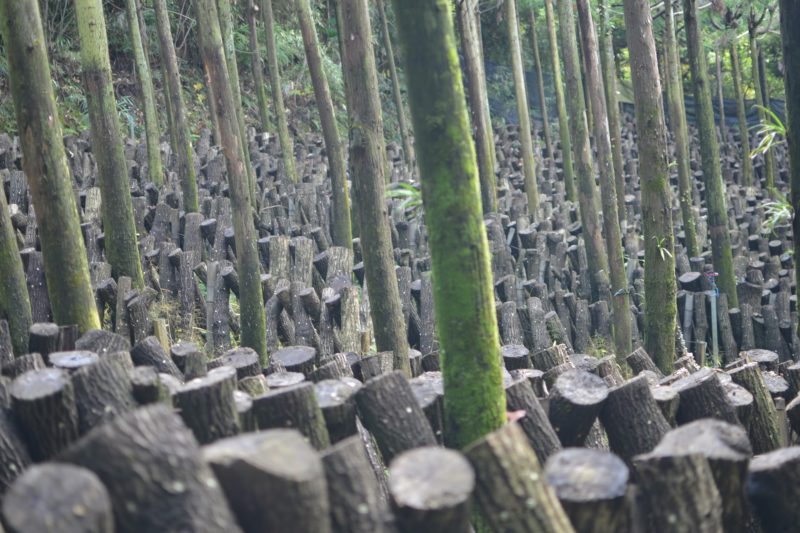
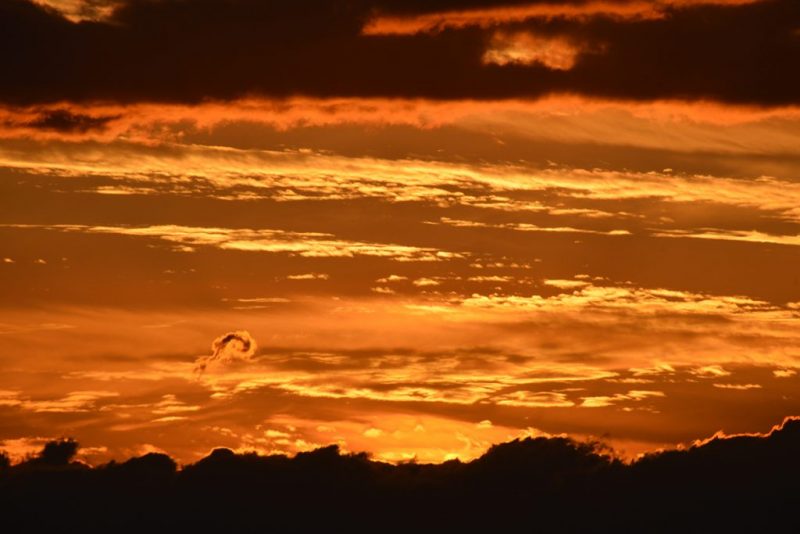
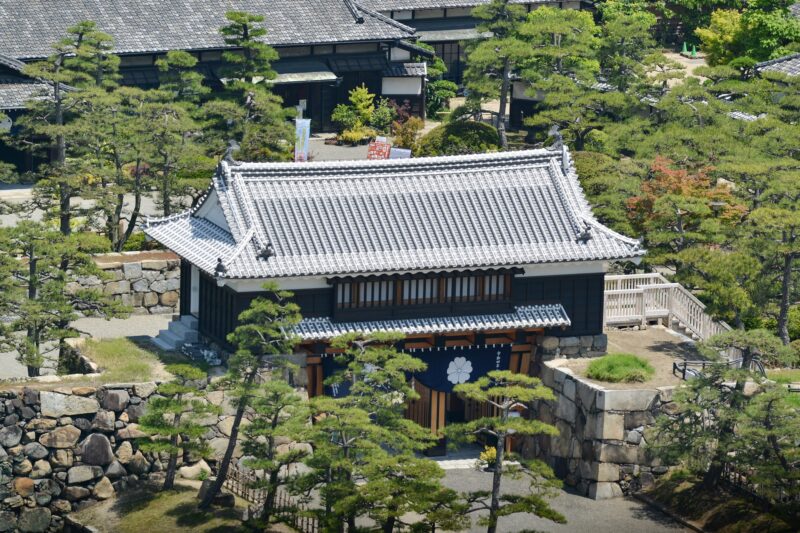
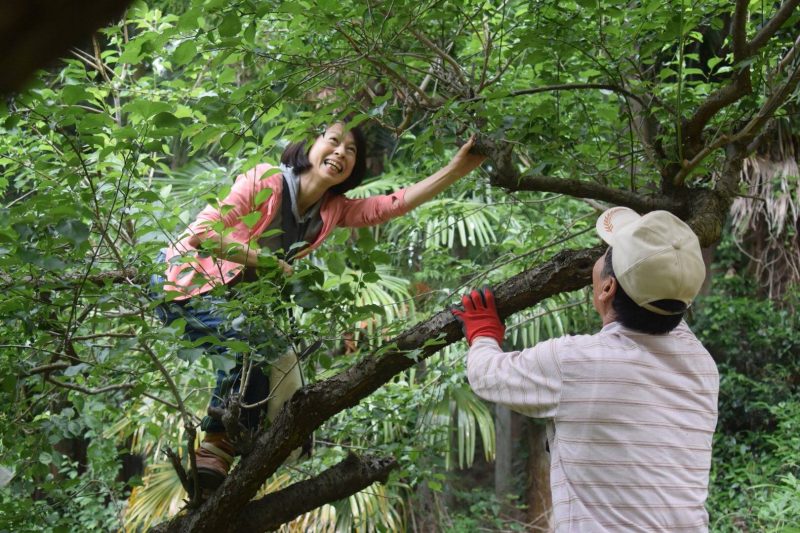


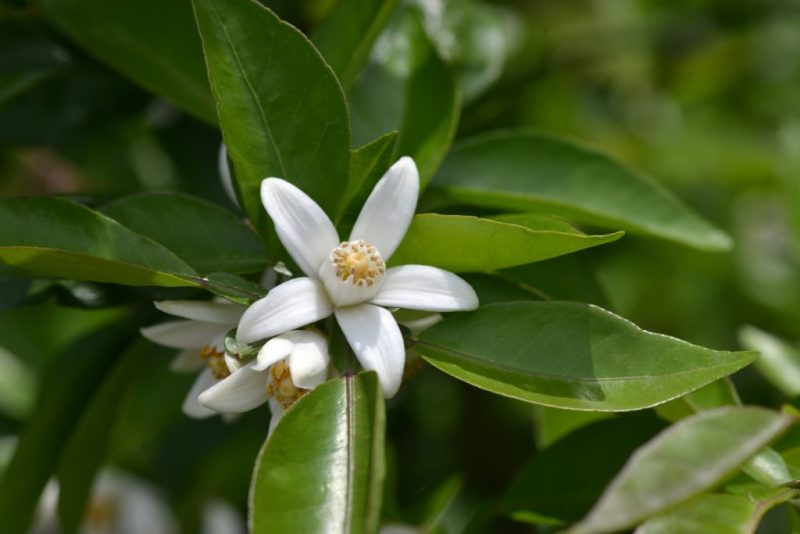
![【香川】美術館は心の病院『丸亀市猪熊弦一郎現代美術館』 – [Kagawa] Art is a Vitamin “MIMOCA”](https://yousakana.jp/wp-content/uploads/2023/12/mimoca_01.jpeg)
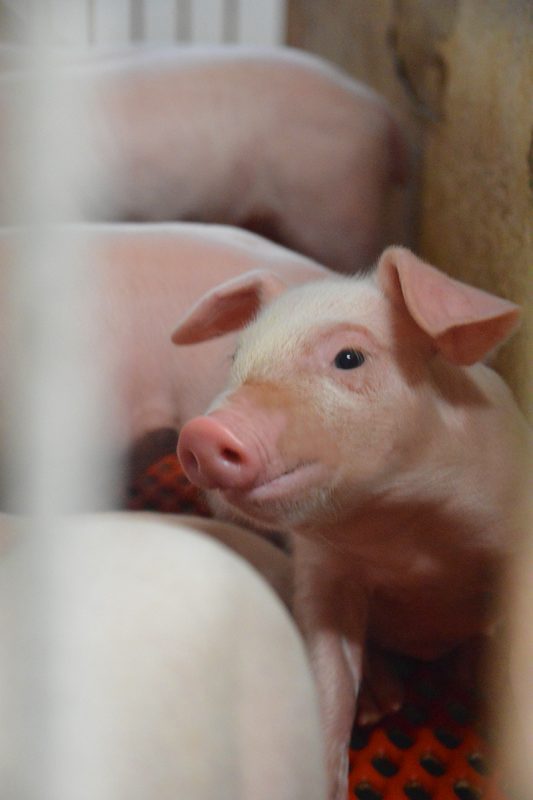
![【徳島】鮮魚のスモーク専門店『日和佐燻製工房』 – [Tokushima] Hiwasa Smokehouse](https://yousakana.jp/wp-content/uploads/2021/06/hiwasa-kunsei-koubou_hiwasa-smokehouse-800x533.jpeg)
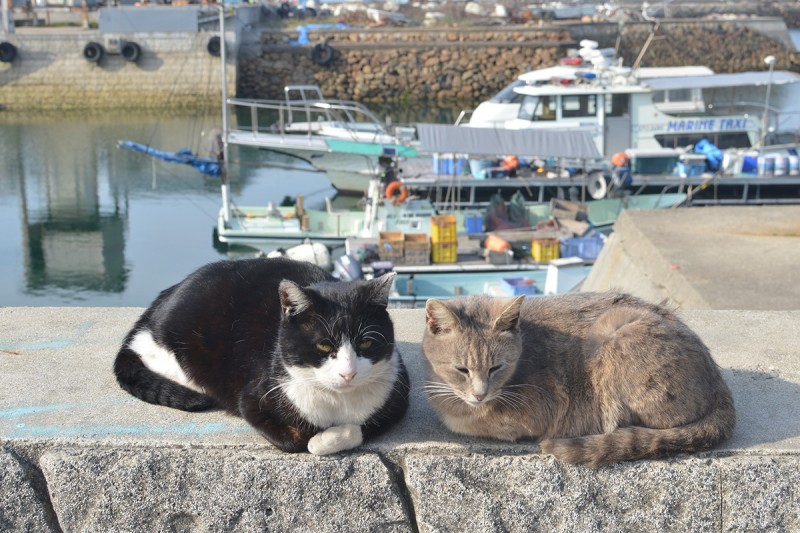
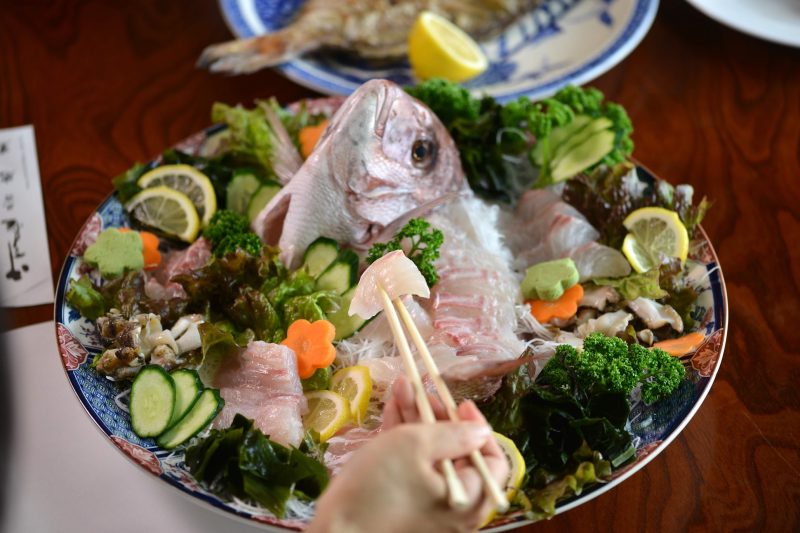
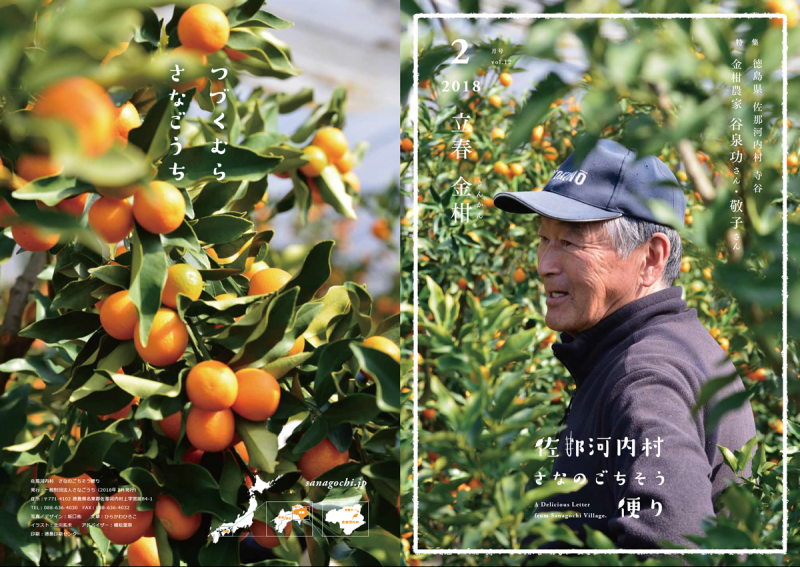

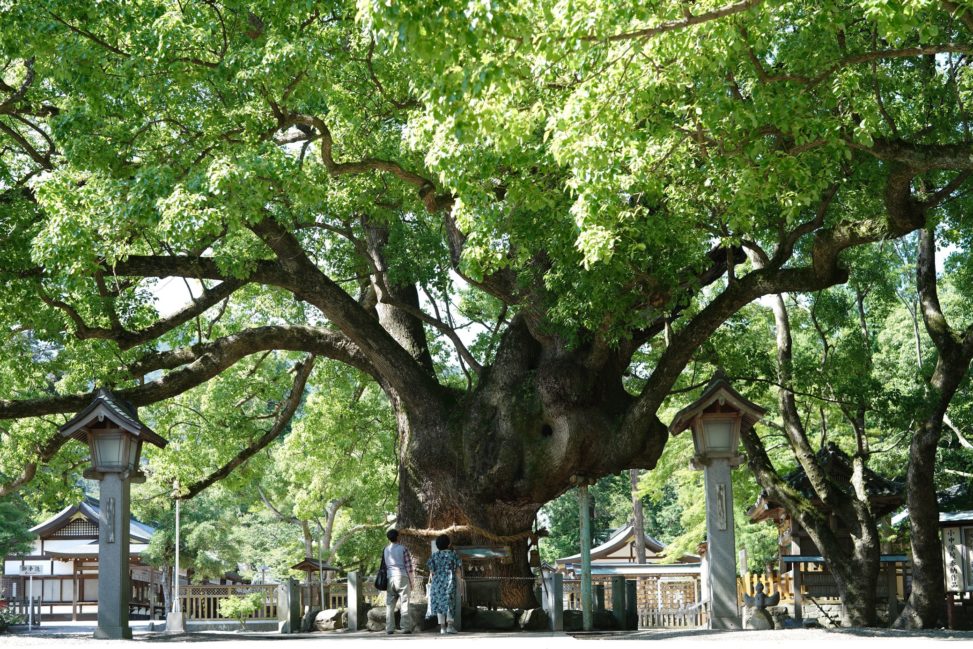
コメントを残す